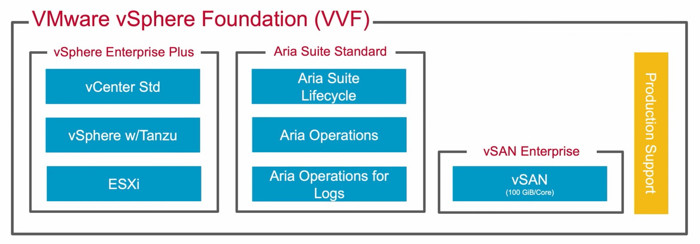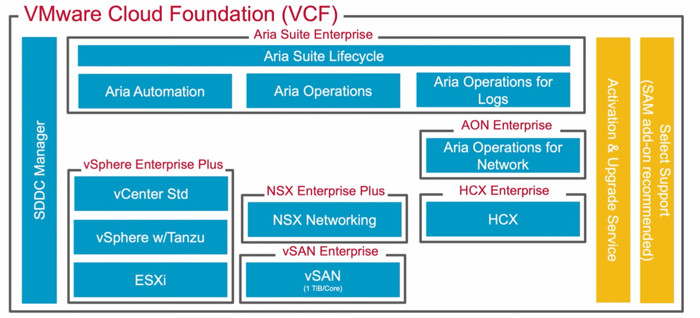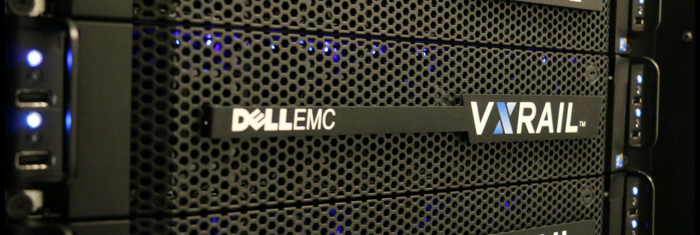Part 1 of our series of articles on the VMware acquisition.
Understanding the Impact of Broadcom’s Changes
As a Managed Service Provider (MSP) specializing in infrastructure support and deployment, we at Forward Systems understand the critical role virtualization plays in modern environments. We have extensive experience with VMware technologies and closely support customers on major virtualization platforms including vSphere, KVM and Xen.
Following Broadcom’s acquisition of VMware in May 2023, significant changes have been implemented, including:
- transition to a subscription-based model
- product bundling
- changes in distribution model and hardware partnerships
- pricing adjustments
While these changes aim to align with a business strategy Broadcom is known for, they have generated concerns and raised questions about the future of VMware for most of our customers. In this short article, we aim to go over the main changes that took place and their implications.
1. Subscription-Based Model
Perhaps the most discussed change after the acquisition was Broadcom’s announcement that they would no longer sell perpetual licenses, and no longer offer renewals of support contracts and subscriptions for existing perpetual offerings.
This move now requires organizations to switch to recurring fees. In fairness, this aligns with the broader industry trend, but nonetheless can present challenges for organizations accustomed to upfront capital expenditures.
- More details in our focus article: VMware Ends Perpetual License Sales: A Critical Turning Point
2. Product Bundling
Broadcom took out previous offerings and has introduced two new primary product bundles: VMware vSphere Foundation and VMware Cloud Foundation.

 Source: William Lam
Source: William Lam
These new introductions necessitate careful consideration.
vSphere Foundation, the closest equivalent to the former Enterprise Plus license we used to see with a majority of our customers, includes vSAN and Tanzu, which may not be necessary for most environments.
While streamlining purchasing can be beneficial, the bundled pricing model may not always align with individual needs, and is a major reason behind the cost increases the organizations we work with are reporting.
3. Direct Sales Model, Hardware Partners and Vendor Impact
Towards the end of 2023, Broadcom did announce a direct sales coverage model for the top 2,000 VMware customers.
While the initial figure that floated of $650 million in channel margin elimination is not confirmed, it’s understood that the shift to a direct sales model will significantly impact partner margins and the possibility for customer to rely on third-party integrators.
Broadcom also discontinued several hardware partnerships, such as VxRail from Dell. TLAs obtained through Dell for VxRail deployments are no longer valid, leaving customers in a state of uncertainty regarding renewal options and future licensing pathways. This lack of clarity poses significant challenges for IT managers, with open questions remaining about the future availability of patches and updates, a critical factor in maintaining the compliance of production environments.
- VxRail user? See our focus article: Vates’ Xen on VxRail: A Step-by-Step Approach

The acquisition has led to reduced investments and commitments from hardware vendors. A lot of smaller organizations were also let down - particularly when relying on these partners for support and implementation services.
On a longer timeframe, we also expect the range of available hardware and support options will be reduced.
4. Pricing Changes
Broadcom has shifted pricing from a per-socket model to a per-core model. This change translates to increased costs for customers with high core counts and dense environments. Additionally, the discontinuation of preferential pricing such as the Academic Software Licensing Program has significantly impacted the affordability of VMware solutions for numerous organizations.
- How much did Broadcom really increase costs?
Pinpointing an exact percentage increase is challenging. The new pricing strategy seems to operate on a “case-by-case” basis, leaving customers with price hikes ranging from a staggering 200% to a whopping 800%.
This inconsistency, coupled with the lack of transparency, makes it difficult to assess the true extent of Broadcom’s price increases.
Moving Forward: Evaluating Your Options
While these changes present uncertainties VMware users, we believe a careful assessment of individual needs, budget constraints, and future goals is crucial.
Our team at Forward Systems can help you navigate these complexities and determine the best course of action for your organization. We offer comprehensive consultancy services to evaluate your specific requirements, identify potential cost-saving opportunities, and explore alternative virtualization solutions that may better align with your budget and technical roadmap.
We are a partner with Vates and we deliver open solutions that offer full-feature parity with your existing deployment, 24x7x1 SLAs, at a fair cost and without vendor lock-ins.
Contact our team today to discuss the best path forward for your organization!
📧 [email protected]
